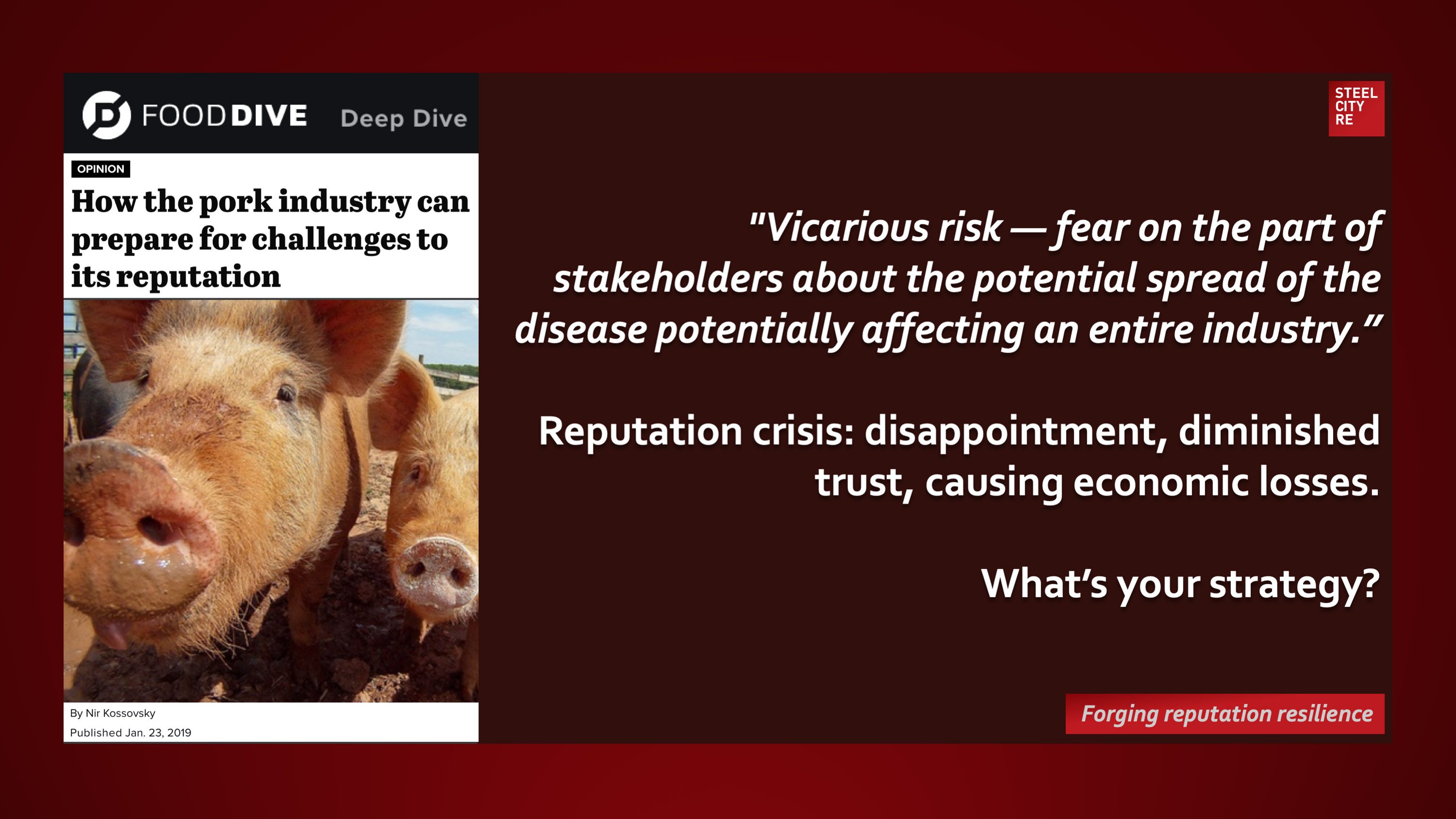What these successful examples have in common is the recognition that reputational crises are not caused by negative media, but by operational and governance issues that could affect the entire enterprise.
Likewise, the creation of the Federal Deposit Insurance Corp. in the 1930s, at a time when bank failures had caused a reputational crisis for the entire industry. The FDIC sticker in a bank’s window signaled to the public that the bank’s operations and practices were sound and could be relied upon, even in an economic downturn.
That seal of approval was more important than the actual indemnification. It differentiated safe boilers from unsafe ones by signaling to the public that any boiler carrying this insurance had been inspected and validated by a third party.
Successful solutions date back to the 19th century. As a result of a number of explosions, steam boilers had developed a reputation for being dangerous. The Hartford Steam Boiler Inspection and Insurance Company began offering insurance, but only after it had inspected a boiler and determined it to be safe.
But reputational risk is not merely the peril of negative media. It’s an enterprise-wide emotionally charged peril. Rather than handing it off to marketing departments, reputation risk needs to be managed and mitigated with enterprise risk management solutions.
January 29, 2019
Food Dive
“Vicarious risk — fear on the part of stakeholders about the potential spread of the disease potentially affecting an entire industry.”
Reputation crisis: disappointment, diminished trust, causing economic losses.
Reputations are valuable strategic intangible assets. Threats to these assets⏤ enterprise reputation risks, often mislabeled “brand risks” ⏤ need to be managed, and management needs to be overseen through reputation risk governance lest reputational damage or reputational harm result in long-tailed go-forward losses in economic value and/or political power. Because these intangible risks arise from the interplay of stakeholder expectation, experiences, and media amplification, parametric insurances for intangible asset risks, for reputational value, for reputational harm, and for reputation assurance help mitigate risk by telling a simple, convincing and completely credible story of quality reputation governance to stakeholders. This story telling effect is the expressive power of insurance complementing insurance’s better known instrumental power of indemnification.
Risk management, risk financing in insurance captives, and risk transfer through reputation insurances comprise the constituent elements of a comprehensive solution. What’s your strategy?

